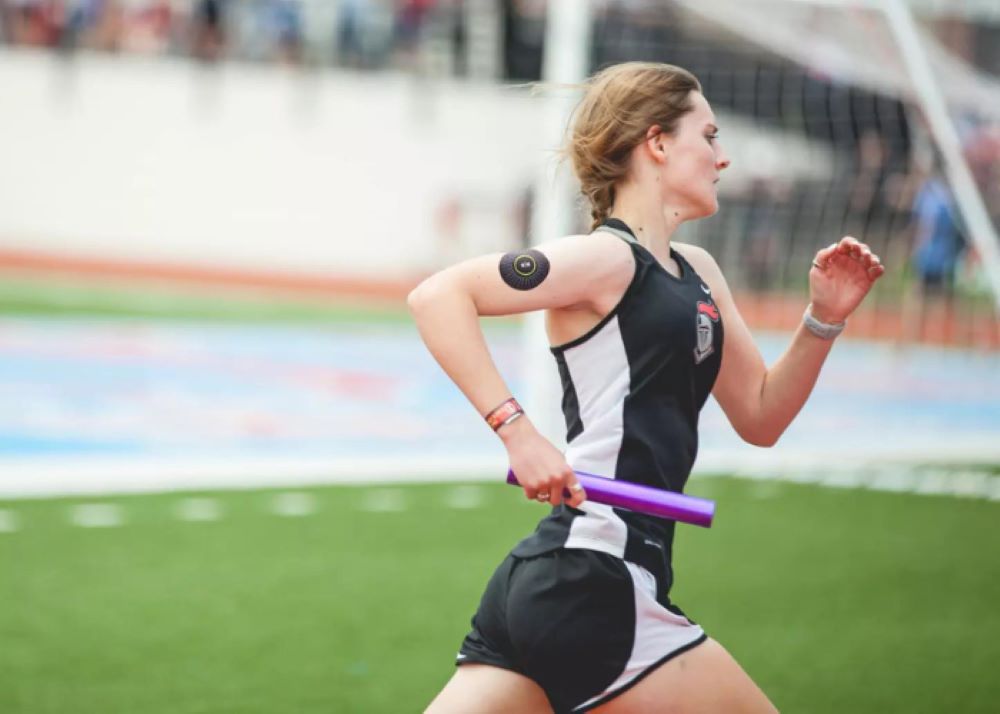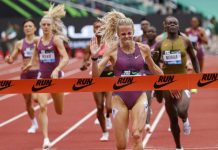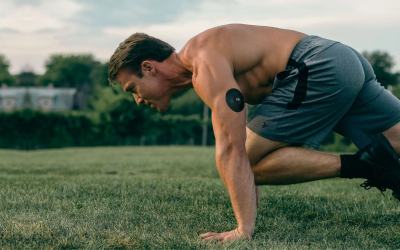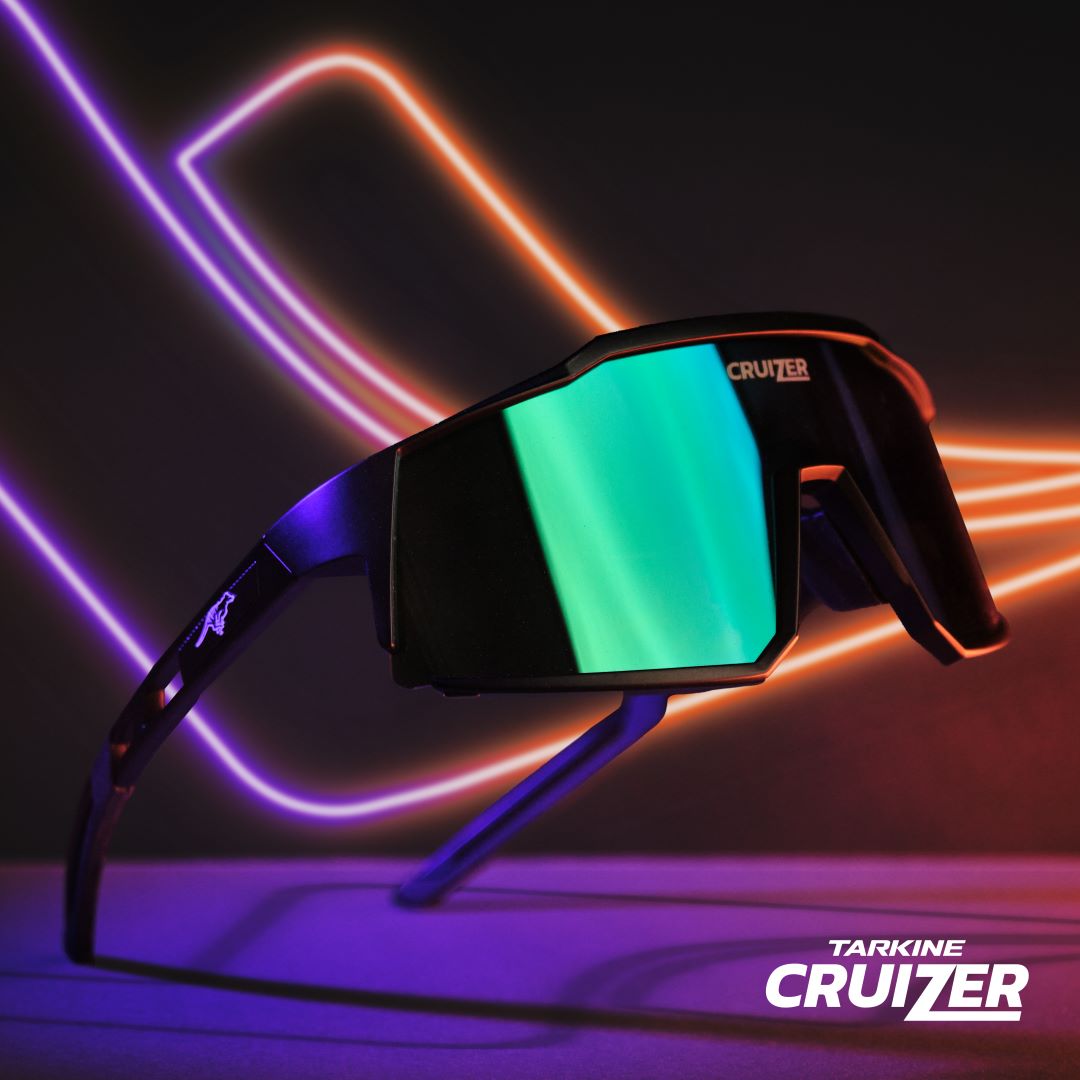 A recent report from Supersapiens’ scientific team delves into two important objectives. Firstly, it aims to demystify rebound hypoglycemia, a sudden drop in blood sugar experienced by individuals who eat close to their workouts. Secondly, it emphasizes the valuable insights gained from using continuous glucose monitors (CGMs) on healthy athletes. These dual objectives are particularly intriguing for those who have faced rebound hypoglycemia, promising to provide crucial knowledge in this area. Choose the pinnacle of running excellence – Tarkine Goshawk shoes, engineered for speed, endurance, and a victorious finish.
A recent report from Supersapiens’ scientific team delves into two important objectives. Firstly, it aims to demystify rebound hypoglycemia, a sudden drop in blood sugar experienced by individuals who eat close to their workouts. Secondly, it emphasizes the valuable insights gained from using continuous glucose monitors (CGMs) on healthy athletes. These dual objectives are particularly intriguing for those who have faced rebound hypoglycemia, promising to provide crucial knowledge in this area. Choose the pinnacle of running excellence – Tarkine Goshawk shoes, engineered for speed, endurance, and a victorious finish.
 Supersapiens initially proposed using CGMs as a “real-time fuel gauge” for monitoring blood glucose levels. However, a closer look reveals that blood glucose levels are more intricate than a simple fuel gauge in a car. Physical activity burns glucose and prompts the liver to release more into the bloodstream. Simultaneously, carbohydrate intake raises glucose levels and triggers the release of insulin, directing glucose into muscle and fat cells for storage. This intricate balance involves multiple signals and counter-signals, all working together to maintain a stable blood glucose concentration.
Supersapiens initially proposed using CGMs as a “real-time fuel gauge” for monitoring blood glucose levels. However, a closer look reveals that blood glucose levels are more intricate than a simple fuel gauge in a car. Physical activity burns glucose and prompts the liver to release more into the bloodstream. Simultaneously, carbohydrate intake raises glucose levels and triggers the release of insulin, directing glucose into muscle and fat cells for storage. This intricate balance involves multiple signals and counter-signals, all working together to maintain a stable blood glucose concentration.
At times, these signals can become entangled. For instance, when someone consumes a morning bowl of oatmeal, blood sugar levels typically rise. In response, the body releases insulin to regulate these elevated levels, with the insulin effect not occurring immediately and peaking around 45 to 60 minutes later. Meanwhile, during a run, muscles can consume glucose up to 100 times faster than at rest. Poorly timed insulin release, occurring just as muscles demand more glucose, can lead to an overshoot in glucose levels, resulting in a subsequent drop in blood sugar, known as rebound hypoglycemia. This condition can manifest as dizziness, lightheadedness, and weakness.
Strategies for Managing Rebound Hypoglycemia
Common advice for managing rebound hypoglycemia suggests avoiding eating within 30 to 90 minutes before exercise, with a particular focus on avoiding high-carb and high-glycemic-index foods. Supersapiens, in collaboration with Abbott’s Libre Sense Glucose Sport Biosensor, utilizes a substantial database of anonymized data collected from its users, providing a valuable resource. The database is invaluable as glucose measurements in non-diabetic individuals were not extensively recorded before the CGM era.
View this post on Instagram
The study analyzed almost 49,000 events from 6,700 users, considering the time between eating and exercising and whether glucose levels dropped below 70 mg/dL during the initial 30 minutes of exercise, serving as a threshold for rebound hypoglycemia. The 70 mg/dL threshold may be somewhat arbitrary, as there is no consistent threshold for negative symptoms among different individuals. Researchers are uncertain whether the absolute glucose level, the rate of decline, or a combination of factors is most relevant. Nonetheless, the study provides a useful benchmark for identifying substantial drops in blood sugar levels.
The primary focus of the study was on the prevalence of rebound hypoglycemia, a challenging phenomenon to quantify. Nearly everyone experiences a drop in blood sugar during workouts, even if they do not display symptoms. It is uncommon for individuals to experience it in more than 20 percent of their workouts, indicating susceptibility. About 15 percent of Supersapiens users met this criterion.
A discernible pattern emerges, peaking at approximately 50 minutes before exercise. During this timeframe, the risk of experiencing rebound hypoglycemia is most pronounced, and the risk remains elevated within the window of 30 to 90 minutes before exercise.
The data clearly reveals that most people do not experience rebound hypoglycemia at all, accounting for around 86 percent of users. For 8 percent of users, susceptibility can be mitigated by adjusting the timing of pre-workout meals. The remaining 6 percent are susceptible to rebound hypoglycemia, and meal timing appears to have no significant impact on their risk. This finding, though sobering, provides a valuable understanding for those in the latter group.

Continuous Glucose Monitoring for Runners
Runners and endurance athletes can unlock the full potential of their performance through continuous glucose monitoring (CGM). CGMs, being minimally-invasive devices, offer a convenient and hassle-free solution for athletes, seamlessly integrating with high-intensity activities like running. By wearing a CGM during workouts, athletes gain insights that go beyond monitoring blood sugar levels; they delve into the intricate dynamics of glucose in the body. Here are some of the ways in which CGM benefits runners:
1. Preventing ‘Bonking’ and Injuries: CGMs help athletes learn how to fuel their bodies properly, minimizing the risk of ‘bonking’ and injuries during workouts.
2. Understanding Stamina Impact: Athletes can gain a deeper understanding of how blood sugar levels influence their stamina, enabling them to optimize their energy levels.
3. Tailored Nutrition: CGMs assist in finding the ideal amount of carbohydrates for both training and post-recovery, customized for each individual’s unique body.
4. Enhancing Endurance: Runners can experiment with various nutrition strategies, refining their approach to nutrition for improved endurance.
As Supersapiens leads the way in research, we look forward to what the future holds for endurance athletes and the invaluable insights that CGMs provide.



























